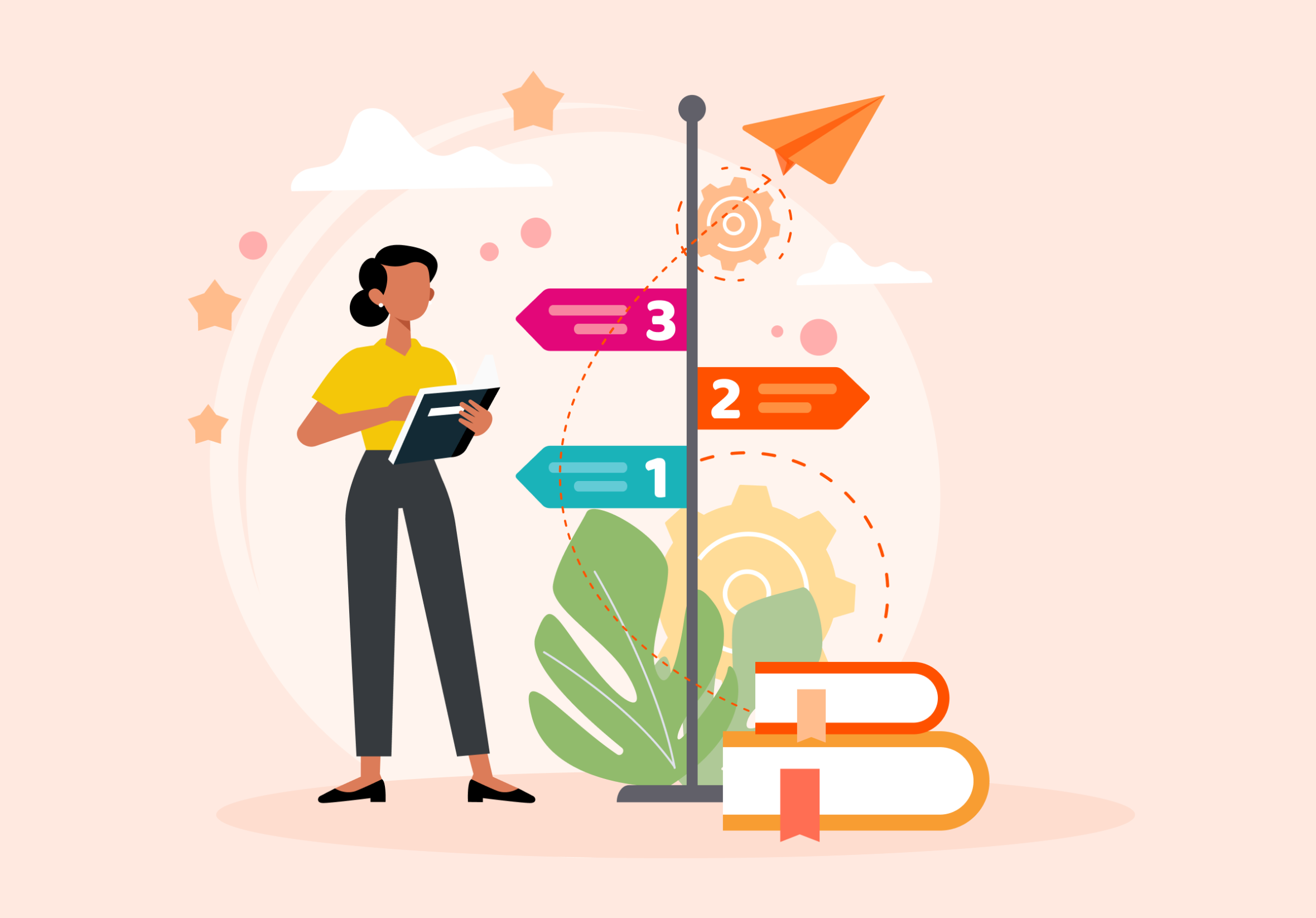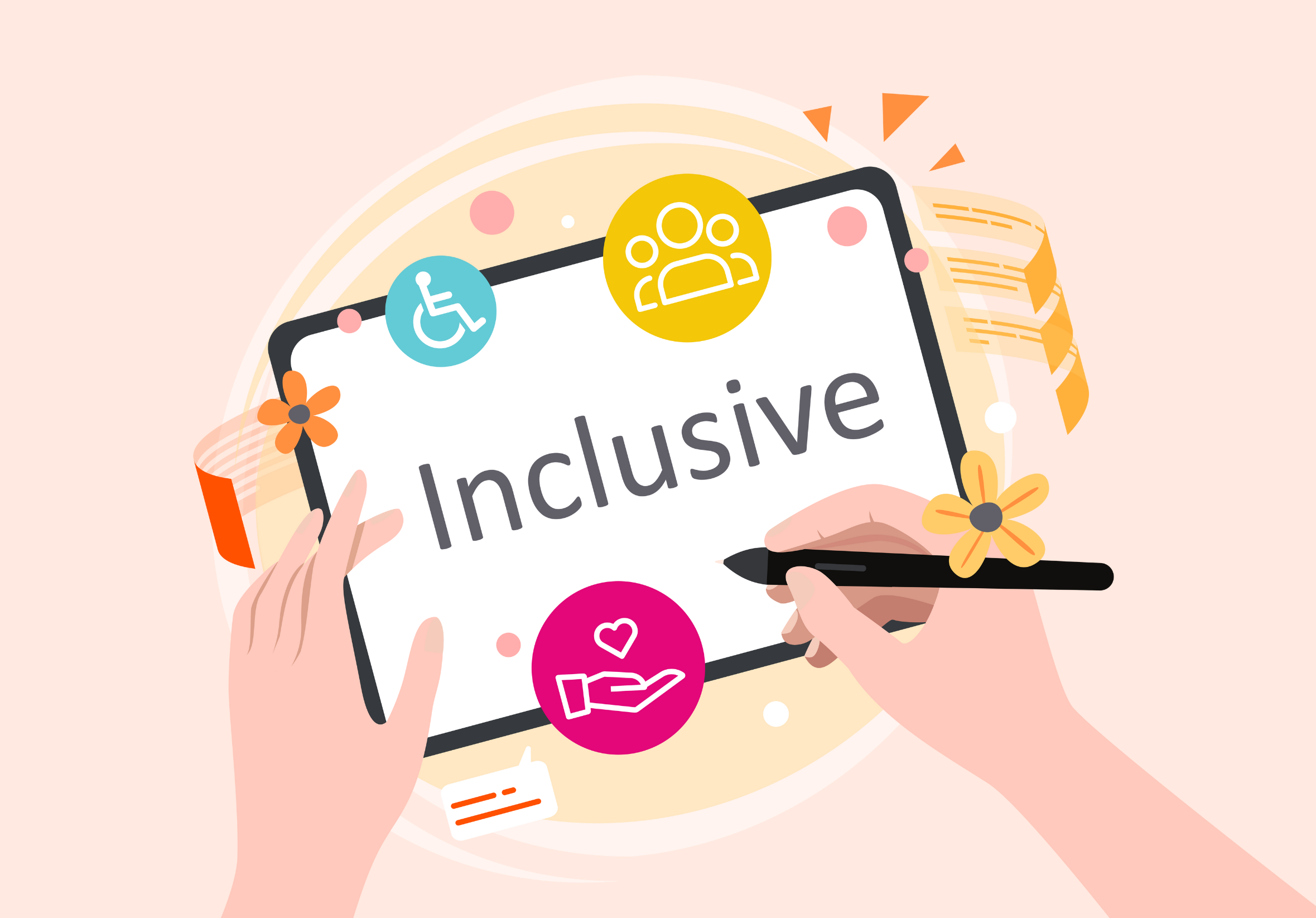13 November 2024
Optimal Learning Experience
Discover the perfect formula that allows you to immerse yourself in a task to the point of forgetting the world around you…
3 Ingredients in an Optimal Learning Experience
Imagine someone completely immersed in a learning task. At the beginning, there is some hesitation, some trial and some error, but slowly, the outside world melts away and their knowledge naturally aligns itself to resolve, create and complete the challenge. The individual is completely absorbed. This state of harmony is what Mihály Csíkszentmihályi calls flow. In learning terms, it is the optimal learning experience.
Magic Formula
Often described by musicians and athletes, this state of complete harmony is full of valuable insights for designing and calibrating truly engaging training programs. By unpacking the elements of flow, Csíkszentmihályi advances that the zone of optimal learning is at the exact point where an individual’s skill can meet a given challenge. Too easy, they get bored, too hard they get discouraged. Stating the obvious? Perhaps, but in digging into the subtleties of how this is achieved, several leverage points can help intensify the relevance and clarity of the learning experience.
1: Connect with your Audience
Imagine a trainer preparing a session for new managers. Instead of beginning the training with basic concepts, a question is asked: “Can you think of a person who truly inspired you”? To create an optimal learning experience, one of the first things to set the stage is to connect to the audience by leveraging their previous knowledge as a foundation. No matter the subject or the complexity of the material, connecting with the individual following the training feeds a sense of security and belonging that is essential to building confidence.
2: Calibrate your Challenges
The second crucial element in feeding motivation: create realistic challenges. So much easier said than done. Let’s take a child faced with the challenge of building a castle. Simply giving the instruction and emptying the box on the floor is likely to be overwhelming. However, if the first task is a door, then a tower and then maybe the roof, the child will likely gain confidence with each success. The same goes for your audience. Start by understanding the real-life application, or in this case the result, and then structure instruction and exercises in smaller steps leading to the ultimate goal. Each step should be a project of its own, thus creating constant engagement and a sense of progress.
3: Give Feedback
Interestingly, a significant portion of Csíkszentmihályi book focuses on feedback—almost to the point of wondering if the feedback is more crucial than the content itself. He gives a fascinating example of WWII prisoners who, to stay intellectually and emotionally stimulated, would recall poems, and stanza by stanza, would teach each other the texts. Here the mechanism of feedback is quite subtle and so very humane: by hearing themselves say the words they could validate their knowledge. Then, the active listening of the other prisoner would reinforce the feeling of competence and connection. Each new stanza would feel like progress even under conditions of isolation, malnutrition, violence and the total absence of freedom.
Adaptive Difficulty
Today, far from that time, the notion of optimal learning (or challenge) is at the heart of the video game industry. This notion has no doubt directly or indirectly influenced the development of AI-generated “adaptive difficulty”. For example, in the games Resident Evil 4 and Mario Kart, the level of difficulty will adapt itself to the skill level of the various users. As a result, user skill, precise calibration and feedback happen in milliseconds. This is yet another example of how AI can also be an ally in learning.
Just like the new manager feeling like their knowledge matters, the child building a castle step by step and the prisoner hanging onto intellectual stimulation to survive, the experience of “flow”, and harmony in learning, is so very potent. Becoming aware of the dynamics that underpin this state can guide us toward creating sharper, more captivating learning experiences. By putting together the three main ingredients – connect with your audience, calibrate challenges and give timely feedback – you have the formula for learning experiences infused with what we can call HI “human intelligence”.




